Before the Sunset: Spring NOSB Meeting Covers New Ground; Nearly 200 Materials Up for 2017 Sunset Review
By Alesia Bock, AgriSystems International
The Spring 2015 National Organic Standards Board (NOSB) meeting welcomed several new board members, received a large amount of public comment, voted on material petitions and 2016 Sunset review, and renewed a call for user input on nearly 200 materials up for 2017 Sunset review.
La Jolla CA (April 30, 2015) – This Spring’s NOSB meeting in April had an aggressive four-day agenda, chock full of NOP/NOSB updates, public comment, petition review/votes, 2016 Sunset review votes, and a preliminary review of all 198 materials up for Sunset 2017. All materials on the Sunset 2017 list will be up for final board review and voted on at the October 26-29, 2015, NOSB Fall Meeting in Stowe, VT.
Please be advised that it is critical that users of these materials make their voices heard during the public comment period, generally a month prior to the meeting, either by written comment, or by signing up for a Speaker Slot at the meeting. More details from the NOSB, below:
USDA National Organic Program (NOP) Update
The NOP Organic update, presented by NOP Deputy Administrator Miles McEvoy, included a preview of the 2018 strategic plan – “Protect Organic Integrity, Review the Past and Plan for the Future.” Several accomplishments were highlighted over the past five years, including clearer access to pasture rules, implementation of pesticide residue and allergen testing, and increased focus on audits and enforcement. NOP is also working to deliver a new and improved searchable database for certified organic operations by later this year. Focus areas for the next round of rulemaking include: Animal Welfare standards, aquaculture, apiculture, mushrooms and pet food.
National Organic Standards Board (NOSB) Update
NOSB Chair Jean Richardson kicked off the Spring 2015 meeting by showing her magic wand and hammer to the group in order to run a “tight ship” – reminding everyone to be respectful of each other, seek common ground, and appreciate ALL stakeholder positions. Jean mentioned an interesting statistic — even though Organic is a $40-billion industry and growing rapidly, it is still less than 5% of overall U.S.-based agriculture. Richardson said the Board appreciated the large amount of public comment received since the last meeting. NOSB must take a multi-disciplinary and multi-faceted approach in reviewing materials and providing recommendations to NOP, and public comment is very helpful in making decisions. There are no easy black and white answers, everything is nuanced, she said.
Petitions for Materials to be Added to the National List
There were nine petitions reviewed at the Spring NOSB meeting, of which two passed and seven failed.
Passed, and allowed for organic production:
- Livestock – Two alternative healthcare treatments will be added to the list: Zinc Sulfate (hoof care) and Acidified Sodium Chlorite (teat dip for dairy herds) – found to be necessary for the health of the animals, as no organic alternative is currently as effective, and the treatments create no adverse impact on the environment, animals, or humans.
Failed, and therefore will remain prohibited in Organic production:
- Crops– Exhaust gas, Calcium Sulfate, and 3-decene-2-one
- Handling – Whole Algal Flour, Ammonium Hydroxide, PGME (Polyalkylene Glycol Monobutyl Ether), and Triethyl Citrate
Final Vote on 2016 Sunset Material Review
Of the 12 non-organic approved materials up for final Sunset review and vote, seven were renewed, and five were voted to be removed from the list:
Re-Listed (Vote to remove failed so therefore will be re-listed):
- Crops – Ferric Phosphate (slug control) and Hydrogen Chloride (cottonseed de-linting)
- Handling – L-Malic Acid, Microorganisms, Activated Charcoal, Peracetic Acid, and Sodium Acid Pyrophosphate
Removed from list:
- Handling – Egg White Lysozyme, Boiler Additives (Cyclohexylamine, Diethylaminoethanol, Octadecylamine), and Tetrasodium Pyrophosphate
Other Key Votes
NOSB also issued key votes on glycerin and synthetic methionine in organic production.
Glycerin – Petition to Remove:
After several rounds of petitioning to remove synthetic glycerin from the National List as an allowed handling ingredient, NOSB unanimously voted to allow the use of non-organic agricultural (non-synthetic) glycerin in organic products, only when organic forms are not commercially available. NOP future rulemaking will remove synthetic glycerin from the National List and it will be prohibited in Organic products. Non-organic agricultural (non-synthetic) glycerin may be used in natural flavors and “made with organic” products without the requirement to attempt to source organic.
Synthetic Methionine:
A petition was submitted to revise the current annotation. NOSB discussed and voted on a proposal to change the current allowance of synthetic methionine (an essential amino acid in poultry) from a maximum rate (lbs/ton) to an average rate calculated over the life of the birds – in order to provide more methionine at a young age when chicks are growing, and reduce it later when then don’t need as much. Many public comments were heard during the meeting that indicated the step-down methionine decision from previous boards may have inadvertently caused an Animal Welfare issue, as there have been cases documented where animals had increased health issues, and decreased air quality in chicken houses due to higher levels of ammonia. Consumer groups were steadfast in their recommendations to remove synthetic methionine from the list, but this annotation change was a way to mitigate immediate animal welfare concerns while knowing that synthetic methionine will again be on the Sunset List for removal soon. NOSB discussion focused on striking an appropriate balance between the realities of farm production/animal welfare, and consumer preferences/trust in the Organic Label. NOSB voted in favor of the new annotation language, but also remains committed to finding organic alternatives to synthetic methionine, in order to phase it out. More commercially available organic alternatives need to be researched and developed.
Here is an informative summary and chart compiled by the Organic Trade Association (OTA) from the Spring 2015 NOSB Meeting.
Preliminary Review of 2017 Sunset Materials- Comments Are Critical
There are 198 materials across Crops, Livestock, and Handling currently up for final review prior to the Fall 2015 NOSB meeting. At that time, the board will vote to recommend whether to keep or remove from the list.
It is critical that members of the organic industry provide feedback on these materials during the public comment period when it is announced later this year (either via written comments through the www.regulations.gov website, by signing up to give Public Comment at the Fall meeting, or – anytime by sending feedback to OTA, where the association will be tallying comments in order to provide Industry perspective in aggregate prior to the meeting. Per OTA, their Survey System was able to collect information in a highly effective way in order to submit 456 unique responses back to NOSB.
AgriSystems recommends that clients seriously consider using the OTA tool, in order to provide feedback to NOSB on those materials that are still necessary to produce Organic Certified Products.
Here is a list of all materials and their Sunset Dates. Of the materials, several were flagged as highly likely to be voted to remove unless more public input is provided. These are the priority materials to review and provide comment.
2017 Sunset Materials Highlights
Non-agricultural – waxes (carnauba, wood resin), ammonium / magnesium carbonate, magnesium stearate, potassium phosphate, & sodium phosphates.
Agricultural – Chia seeds, chipotle peppers, frozen lemon grass, celery powder, colors, gelatin, dillweed oil, frozen galangal, whey protein concentrate, sweet potato starch, and cornstarch.
Note on Lecithin De-Oiled – if you need a non-soy-based lecithin such as Sunflower to avoid the soy allergen labeling requirement, please comment. There is not currently a commercially available source of organic sunflower lecithin available due to supply issues. Let NOSB know!
Even items that have been on the National List since the beginning must be reviewed, including tocopherols, xanthan gum / other gums, sodium bicarbonate, chlorine materials / hydrogen peroxide, fructooligosaccharides, inulin oligofructose, and dried orange pulp.
Livestock – Furosemide, Paraciticides, Poloxalene, Copper Sulfate, Mineral Oil.
Crops – Lignin Sulfonate, Vitamins B1,C, and E, Ethylene, EPA List 4 Inerts.
In summary – the Sunset Process now includes two meetings to receive public comment, and the NOSB votes to remove the material. Once NOSB votes to remove a material from the National List, the recommendation goes to NOP for rulemaking. This year’s Fall NOSB meeting, Oct. 26-29, 2015, at the Stoweflake Conference Center in Stowe, VT, will be the final time the board votes to remove these 198 Sunset 2017 materials.
Here are helpful links for the NOP Sunset Review Process, instructions and timing to Provide Comments to NOSB, or provide feedback at any time between now and Fall 2015 by participating in the OTA SUNSET SURVEY. OTA will compile all the information in an aggregate way on behalf of the Organic Industry – so please make your voice heard!
Alesia Bock is the Owner/ Managing Director of AgriSystems International, providing consulting services related to organic certification and sustainable business development for food growers and processors. Over her 25-year career in Quality & Regulatory in the food industry, she has dedicated the last 15 years to increasing the availability of natural/organic options for consumers. She can be reached at alesia@agrisysintl.com

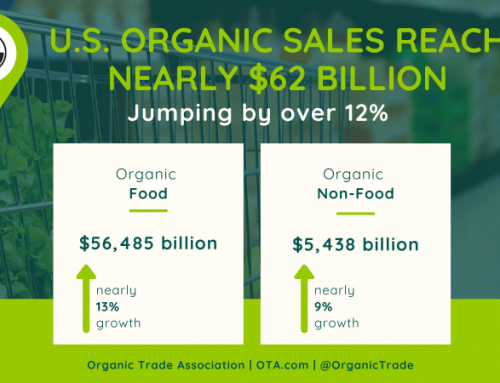


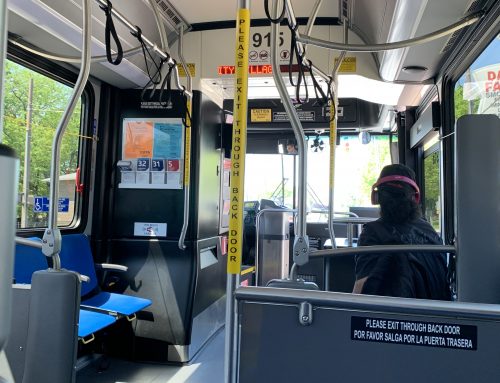
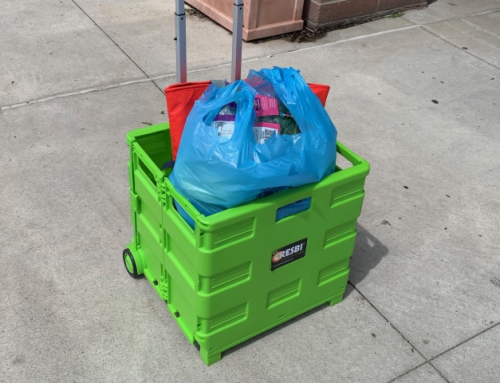



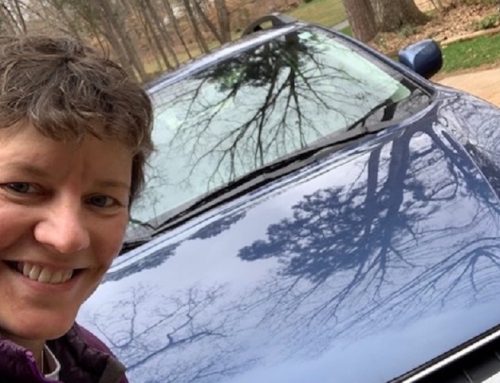
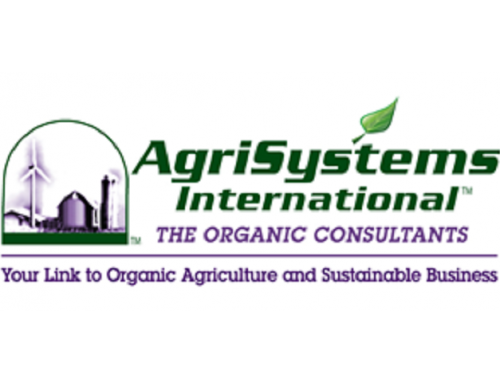
Leave A Comment